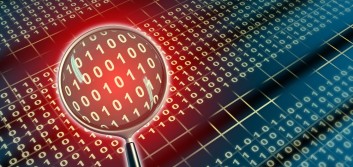From pencil to paperless: Changes in accounting technology

When I began my career in the accounting field over 30 years ago, I used mechanical pencils, green ledger paper (some up to 12 columns across), and an adding machine. Everything was paper, everything was touched by human hands and figures were double—and triple—checked by others. We used dot matrix printers and shared the “office” computer with the rest of our team. Communication with vendors and customers was by phone, US Mail, and eventually fax machines.
Technology has changed the accounting field significantly in the last 25-30 years. We now receive invoices and payments electronically, we can pay vendors and employees electronically, and we can store records, reports, and financial data electronically.
Managing these changes can be a challenging process, especially for the “paper generation.” After years of touching every invoice, check, and report and maintaining paper files of all pertinent records, flipping the switch to the electronic age can be disconcerting for some. The dependence on technology comes with potential obstacles such as human error, hardware and software failures, data loss, and data privacy issues as well as cybersecurity gaps.
Changing to an automated or paperless accounting system can be a very time-consuming and expensive process. Many organizations feel more comfortable using what they already know and fear the uncertainty of a new digital solution that requires user training and time for adoption.
continue reading »




